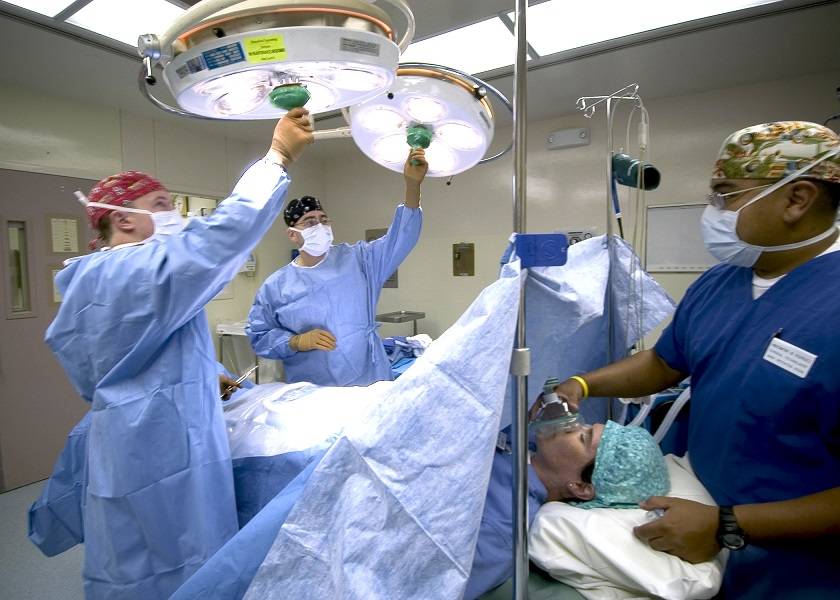Every year across the Earth 2 MILLION TONS of medical waste, also known as biohazardous waste or infectious waste, is created in hospitals, veterinary clinics and homes.
This staggering amount of waste has to go somewhere, and until recently most of it just went into landfills to be hidden and forgotten about.
Our more environmentally conscious readers may be asking themselves why we don’t recycle this waste more? Well, the simple answer is because a majority of medical waste can’t be recycled, hospitals and other waste generating facilities assumed recycling what they could would cost more money, take up more time and at the end of the day not be worth the effort involved.
Find Out How Much You Can Save Instantly.
Try our on-line savings calculator.
According to recent studies, though, that may not be the case…
Why Do We Need to Recycle Medical Waste?
When medical waste is picked up, it is ran through a sterilization process and then put into a sanitary landfill. While these landfills are very well designed, animals can still access the waste and water can still leak into the ground, polluting our local water supplies.
Obviously, waste that is recycled does not go into a landfill at all, therefore reducing the amount of pollution that happens every year.
Also, according to the World Health Organization incinerating medical waste can “generate dioxins and furans, which are human carcinogens and have been associated with a range of adverse health effects. Incineration of heavy metals or materials with high metal content (in particular lead, mercury and cadmium) can lead to the spread of toxic metals in the environment.”
What Can You Even Recycle?
Pfiedler, a company that specializes in continuing medical education, says that operating rooms created between 20%-33% of total waste generated in a hospital. The problem with this is that many of the items used in an operating room must obviously be sterile, and the safest way to ensure this is to have single use items such as IV bags, sterile blue wrap, etc.
As it turns out, most of these single use items are plastic.
In a breakthrough discovery Pfiedler found out that almost 23% of surgical waste could be recycled.
How Is Medical Waste Recycled?
Thankfully, most of the plastic waste was easily recycled by sterilizing it, melting it down and then reusing it.
The problem is 19% of all OR waste comes from sterilized blue wraps. In the past it was thought that because parts of the wrap contained lead, and because it is difficult to sterilize, blue wrap had to be thrown away.
Spectrum Health, a Michigan based not-for-profit hospital, found out that the blue wrap could have the lead removed and then be melted down and reused in the manufacturing of soda bottles and various other plastic items.
This finding allowed Spectrum to recycle 19% more of their medical waste!
What Are We Doing to Increase the Amount of Medical Waste That Is Recycled?
Across the world organizations such as the EPA, the WHO, and some private research companies have been working hard at finding out more efficient ways to recycle medical waste.
One major way we are increasing the amount of medical waste that is recycled is simply by putting plastic and non-plastic medical waste in separate containers. Doing this allows the facility that disposes of the collected medical waste to quickly sort through and recycle the plastic waste.
The EPA has been pushing for a more indirect way of reducing medical waste pollution.
They found that many hospitals do not properly train their employees on medical waste disposal which causes their nurses and doctors to err on the side of caution when disposing of medical waste, often putting trash in red biohazard bags that shouldn’t be in there!
So, while it’s still a developing practice, recycling medical waste is growing fast. Do your part in reducing medical waste pollution and check out our Complete Guide to Biohazard Waste Disposal to make sure you aren’t putting trash in the red bag that should go in the garbage instead!



